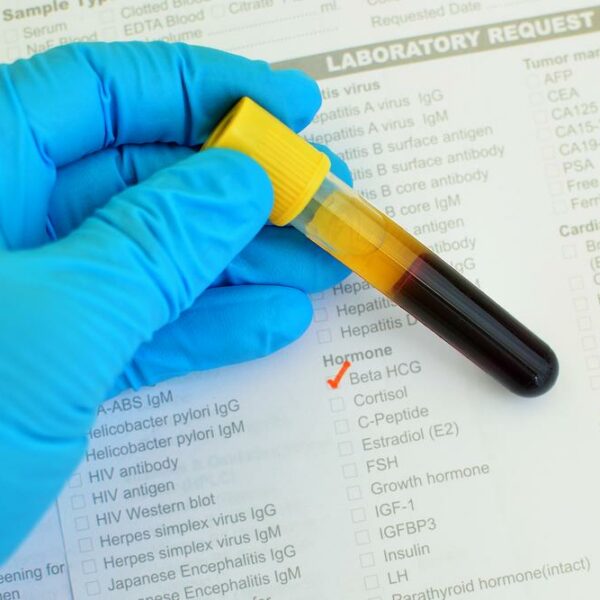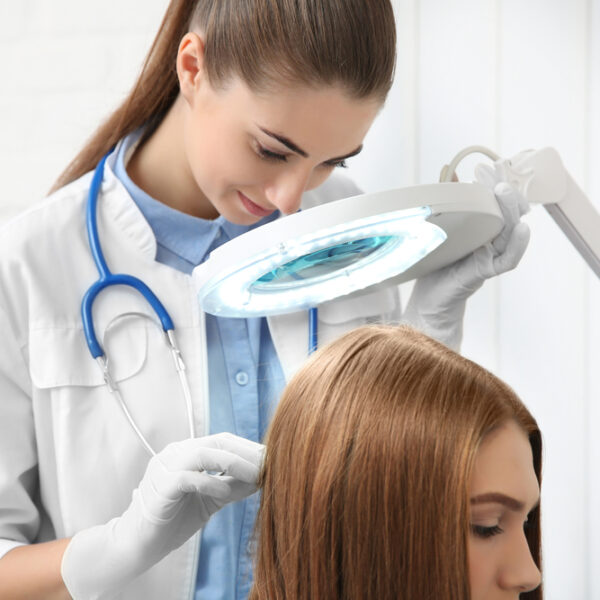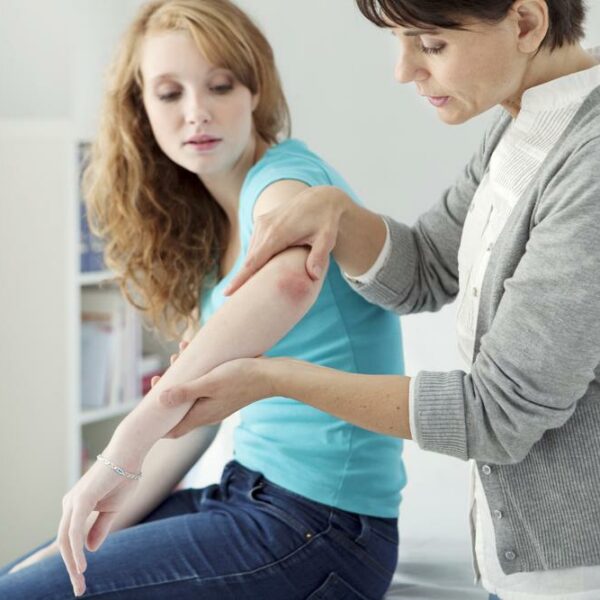
Overview- Alzheimer’s Disease
Alzheimer’s disease or AD is a neurodegenerative disease that meddles with a person’s memory, cognitive thinking, and behavioral capabilities. The disease is a type of memory loss or dementia that develops gradually but worsens over time. The condition especially becomes chronic when it begins to interfere with the patient’s daily activities. Alzheimer’s is believed to be a progressive disease that is known to aggravate with the aging of the patient. However, it is not just a disease of the old. Several people under the age of 65 reportedly have the onset of the Alzheimer’s disease. Just like other parts of the body, the brain undergoes certain alterations as we age. The most common one being slowed thinking and problem remembering things, etc. While all of these are common problems associated with old age, one of the most distinguishing symptoms of Alzheimer’s is when a person has great difficulty remembering new information. This is generally caused due to degeneration in the part of the brain that is responsible for learning. As the disease progresses, symptoms like disorientation, mood swings, behavioural changes, anxiousness, confusion, paranoia, severe memory loss, and other cognitive issues begin emerging. While it is hard to determine the potential signs of Alzheimer’s, it may be more evident and obvious to the family and friends of the patient.









